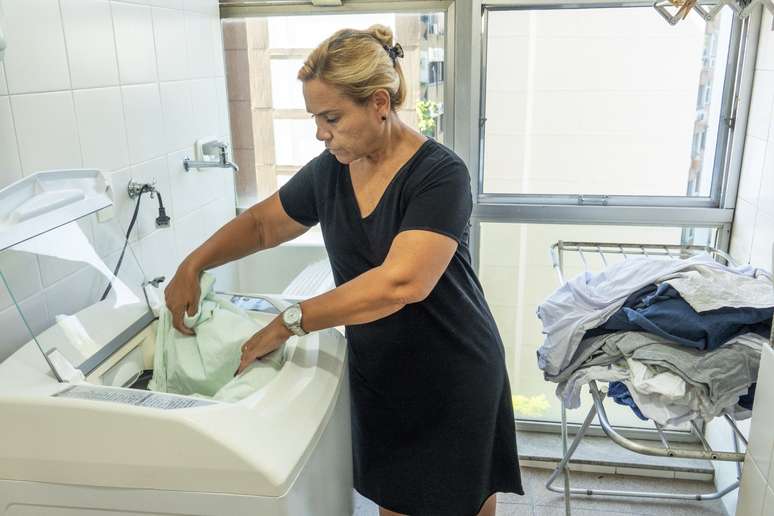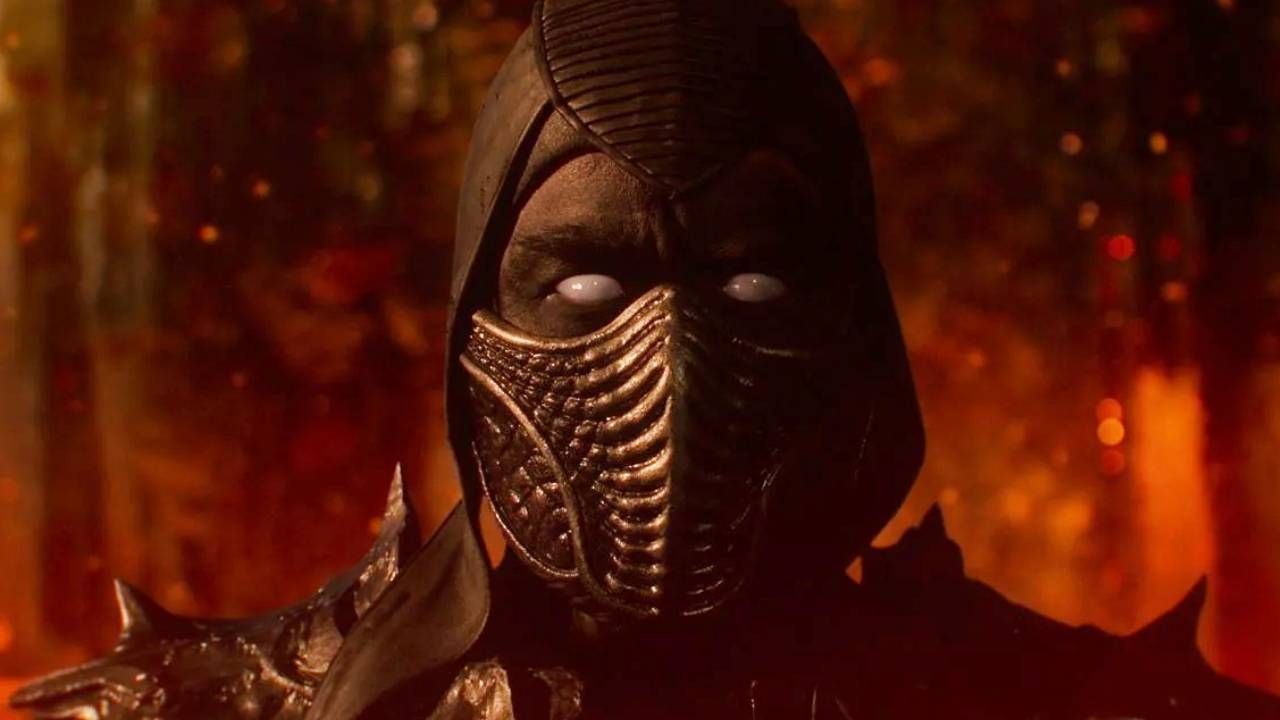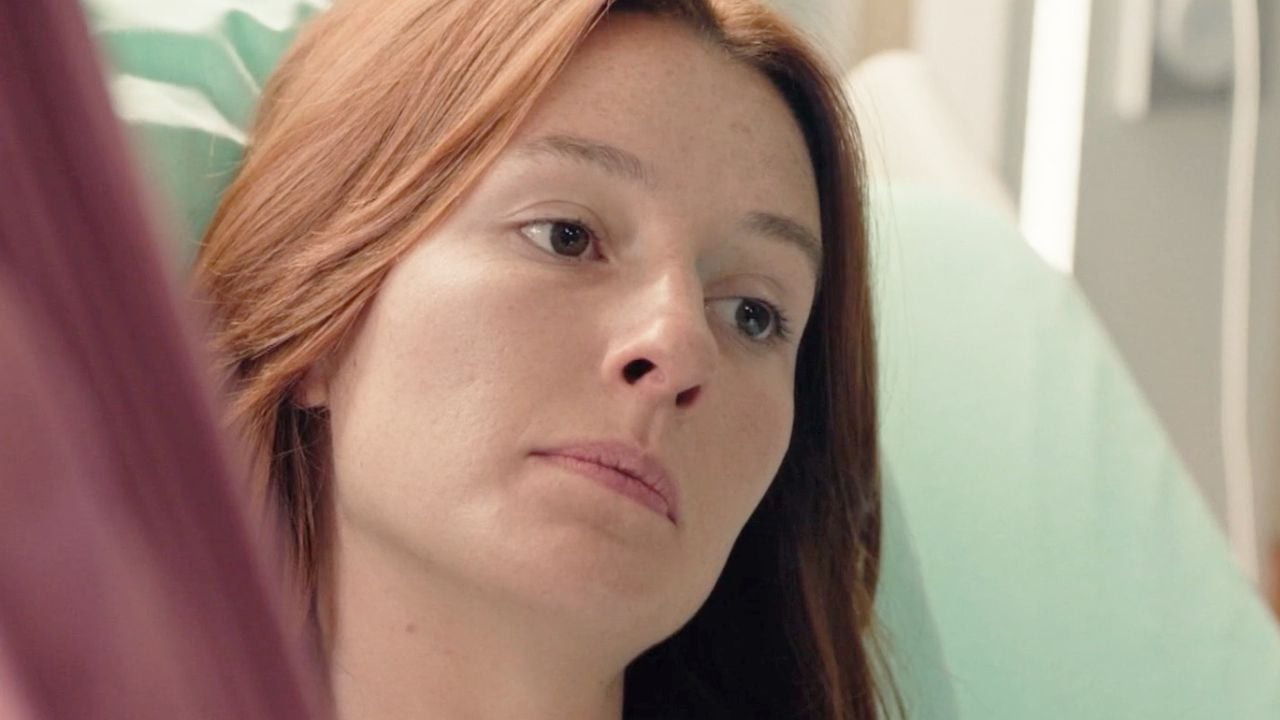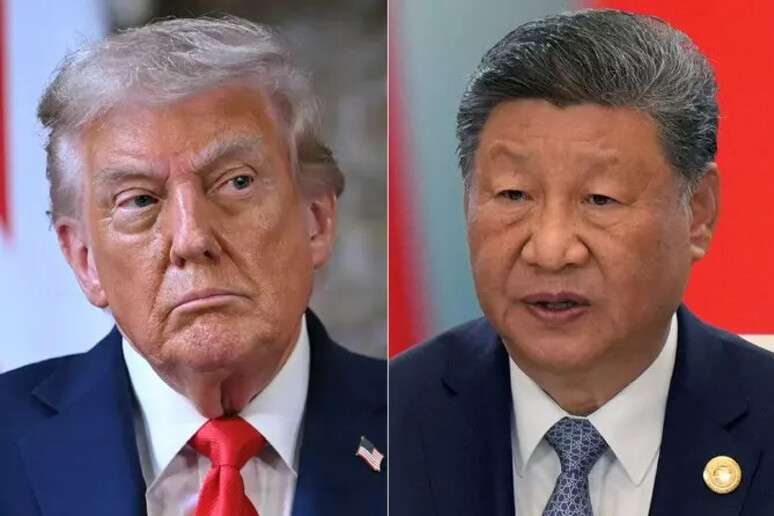HI!!! Save yourself if you can.
This item will have a slightly different format. In 2022, before starting a business trip to Galaţi in Romania, I thought about the country and it came to mind (without looking on Google, I swear):
• The Carpathians, the mountains
• That wonderful road shown in an episode of Top Gear
• Ikea destroys Europe’s last native forests
• Ceaușescu, the dictator
• Hagi, the attacking midfielder
• The Train of Life, the film
• Dracula and Transylvania
• Nadia Comaneci
Now let’s check if my curls were really beautiful in the following text.
The playlist is one The 50 most played songs in Romania at the moment. I feel like it gets updated frequently. There are Coldplay, DJ Tiesto, Elton John, Ed Sheeran, Arctic Monkeys and many local artists.
Press play!!!
A beautiful country: simple, dignified, honest and full of culture
Before starting, a parenthesis: the similarity between the city of Galaţi and Mariupol in Ukraine, where I have been several times and where I wrote an article here on Terra, is striking. Perhaps it is due to the proximity to the border, given that in just 37 minutes by car I arrive in Reni, a city on the other side of the Danube, in the former Soviet republic. The buildings are very similar, blocks of Soviet-era buildings and simple houses, where peaceful people lead ordinary lives.
Leaving the plant I saw the workers getting on the buses. Tired look, but with the job done. They have exchanged their precious time and manual skills for money to use to put food on the table, provide clothing, water, electricity, internet, education and above all character for their children. Life is simple, dignified and honest. They live in peace and want to stay that way.
I imagined the many employees of Azovstal or Ilitch who lived in Mariupol. They physically resemble Romanians. Today most are certainly dead.
Ukrainians exchanged their precious time and manual skills for amounts that were credited to salary accounts. They used colored paper to buy food, clothes, water, electricity, internet, academic education and pass on values to their children. The days were simple, dignified and honest.
They lived in peace and wanted to stay that way. Unfortunately, human stupidity has chosen other plans for both Mariupol and Ukraine.
The Carpathians, the mountains
The famous “Romanian” mountains in fact extend for 1,500 km from the Czech Republic, through Slovakia, Poland, up to Romania and then transform into hills in Ukraine. It is the second longest mountain range in Europe, behind only the Scandinavian Alps, which I didn’t even know existed.
Transfagarasan, the most beautiful road in the world
Journalist Stephen Dobie detailed his experiences on the famous “track” in an article. He said: “With the danger of skidding downhill, you are totally absorbed in the process of driving the car as far as possible.”
I remembered it from the Top Gear episode with Jeremy Clarkson and co whose names I missed, but I soon discovered: James May is the funny hairy one and Richard Hammond is the short one called up.
This wonderful road was created to push the car to the limit, both the vehicle itself and the courage and skill of the driver.
Three convertibles, a silver Aston Martin (Jeremy), a red Ferrari (Richard) and a black Lamborghini (James) in the hands of three car enthusiasts on the most beautiful road on the planet. Watch the kids have fun and be jealous.
Ikea destroys Europe’s last native forests
I no longer remember where I saw this documentary. The forests of Romania came to mind, the last native and unreforested ones, in the process of decimation.
Over the past two years, Sweden’s Ikea has become the largest owner of private forests in Romania, a country that is still home to some of Europe’s last native forests which are disappearing at an alarming rate.
The Scandinavian furniture company allegedly illegally felled old trees to make wardrobe doors, table legs and bedside tables, making a lot of money from it.
According to the documentary “Wood Mafia country: the dark side of Ikea in Romania” and a 2022 article by journalist Alexander Sammon about the Swedes’ rush for Europe’s last old-growth forest, the timber industry in Romania is known for corruption and widespread violence. Environmentalists, forest rangers and journalists have been attacked and even killed for snooping in the wrong places.
In contrast to the sustainable image the company seeks to convey, Ikea now faces accusations of participating in the exploitation of Romania’s natural heritage. Countries where corruption is the rule are perfect for this type of illegal practice.
When you buy your next piece of furniture at Ikea, think about this!
Ceaușescu, the dictator
It is December 21, 1989. After a week of popular demonstrations against communism in which thousands of people were killed in cold blood, the crowd attends President Nicolae Ceauşescu’s speech in Bucharest without knowing that it would be his last.
A scene of the dying Romanian dictator appearing on the balcony of the presidential palace for his last pathetic speech, in the midst of popular protests, is remarkable. Without wanting to realize it, Ceaușescu ends up giving the green light to the end of the socialist yoke of the Soviet Union, paving the way for Romania’s freedom as a sovereign nation.
Then the people march towards the headquarters of the Communist Party, forcing the bloodthirsty dictator who has ruled the country for 24 years to stop speaking. Frightened, he enters the building and the TV stops broadcasting.
He and his wife Elena attempt to flee the country by helicopter, but are captured by the military after a mass desertion from the armed forces.
After being tried and found guilty of economic sabotage and genocide, both are sentenced to death and immediately executed two days later.
Hagi, the ball ace
He was nicknamed the Romanian Maradona. I remember that beautiful goal in the 1994 World Cup against Colombia, I think. He hit from far away, the ball made an impossible curve and entered the drawer, deceiving the goalkeeper.
He played for Barcelona and Real Madrid, but without much success. Before he was a star of Steaua Bucharest, who at the time faced the big European teams without harm.
Folklore Casagrande reported in an article a semi-final of the UEFA Cup, now Champions League, when Torino, Casão’s team, eliminated the powerful Real where Hagi played.
A football genius.
Nadia Comaneci
One of the few true legends of world sport. Pure talent, a lot of training, discipline and dedication to succeed overnight after training for years and years.
Béla Bartók
While looking for a playlist I came across the name of the great composer. I thought he was Hungarian and reading about him confirmed that he is. When Béla came into the world through the strong and skilled hands of a Hungarian midwife, his hometown was called Nagyszentmiklós in the Banazi region of the Kingdom of Hungary. But now it is called Sânnicolau Mare, in Romania.
One Saturday morning I returned home aboard a Tarom plane (Transporturile Aeriene Române), the state airline of the country of the most feared Count on the planet.
Worth seeing and reading
MOVIE: The Train of Life / The Train of Life – Radu Mihaileanu (1998)
This movie makes anyone cry. It’s not as playful as “Life is Beautiful,” but it has an unbeatable message of solidarity and hope.
Director Radu Mihaileanu transforms a film that had everything to be a slapstick into a work that talks about the Holocaust in a light and intelligent way.
During World War II, a small Jewish community is warned of the arrival of the Nazis. The crazy idea was born to build a fake deportation train and escape across the Russian border until reaching Palestine.
The disguise is so perfect that some Jews dress in German uniforms and soon begin to behave like Nazis showing power and strength and this can ruin everything.
BOOK: Dracula – Bram Stoker (1897)
The author of the famous story of Dracula was born in Dublin, Ireland, not Romania.
I bought the book there on a boozy trip drinking local spirits just to brag about it and keep it on a dusty shelf forever. After a few moves, the poor specimen now sits in a dark and still dry box in a garden shed listening to the muffled noises of spiders walking on the lid. I’ve never read it. I’ll probably never read it.
History has fascinated humanity for years. In the book, an English lawyer goes to visit Count Dracula in the Carpathian Mountains, on the border between Transylvania and modern-day Moldavia. He was supposed to provide legal services for a real estate business.
The lawyer soon notices something strange and feels like a prisoner of the guest without knowing or understanding that the Count is a vampire. He is not reflected in the mirror, no one ever sees him during the day and he is never hungry.
One night the lawyer sees him come down from the high walls of the castle and disappear into the forest as if he were an animal.
And so begins one of the most chilling stories in literature. I even wanted to read it.
The die is cast.
Source: Terra
Ben Stock is a lifestyle journalist and author at Gossipify. He writes about topics such as health, wellness, travel, food and home decor. He provides practical advice and inspiration to improve well-being, keeps readers up to date with latest lifestyle news and trends, known for his engaging writing style, in-depth analysis and unique perspectives.








